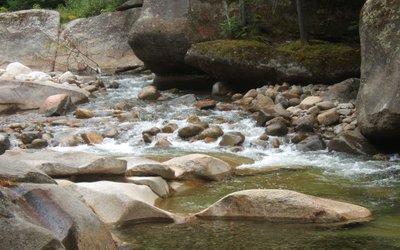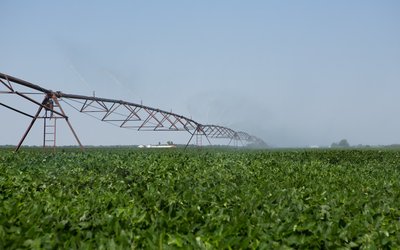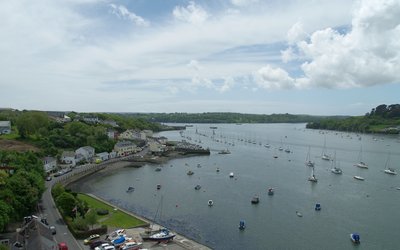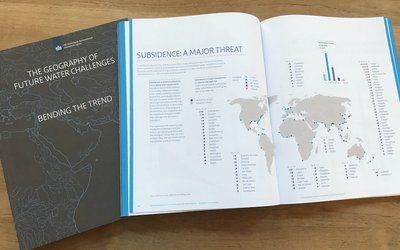Why climate change degrades deep-water quality of alpine lakes
September 30, 2016

Water quality of lakes is affected by shrinking glaciers. How? Through changes in river flows that change oxygen transport to lakes as well.
Lake Constance is a 536 km2 large and up to 251 m deep lake on the northern Plateau of the European Alps. The future water quality of this lake is of great importance since it is the source of drinking water for more than 4 million people and serves as well for fisheries, transportation, heat use, leisure activities, and irrigation. The Rhine River is the main tributary of this lake.
Sediment-laden riverine floods transport large quantities of dissolved oxygen into the receiving deep layers of lakes (undertows). Hence, the water quality of deep lakes is strongly influenced by the frequency of riverine floods. This frequency may change when climate changes.
Glaciers in the catchment area of the Rhine are shrinking and their contribution to Rhine discharge regime is decreasing. The river is getting more rain-fed instead. As a result, high summer discharge is shifting to spring and decreasing in height (less glacial melt water) while low winter discharge is increasing (more rain in warmer winters). According to model projections this will lead to a reduction of the number of deep density-driven underflows by 10% and a reduction of water renewal in the Lake’s deepest layers by nearly 27% at the end of this century. This way, climate change may deteriorate the lake’s water quality through a change in the water cycle of the river’s catchment that feeds the lake.
Source: Fink et al., 2016. Journal of Hydrology 540: 457-468
Photo: Cyril Doussin (www.flickr.com)








